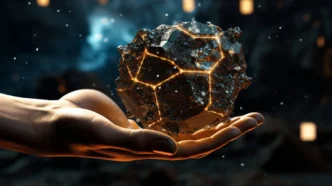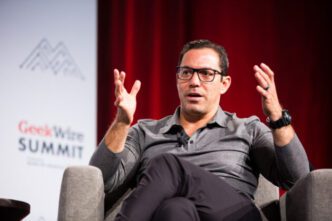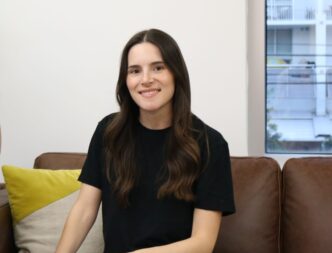A new wave of AI-driven mineral exploration is shaking up the mining industry — and Earth AI is leading the charge. The mining tech startup has uncovered promising deposits of critical minerals in parts of Australia long overlooked by traditional exploration methods. Signaling how artificial intelligence is transforming the search for vital resources.
Following last summer’s buzz when KoBold Metals revealed one of the largest copper finds in Zambia. Earth AI now steps into the spotlight with its own breakthrough. The startup discovered valuable deposits of copper, cobalt, and gold across Australia’s Northern Territory. Along with silver, molybdenum, and tin at another site in New South Wales, roughly 310 miles northwest of Sydney.
What sets Earth AI apart isn’t just the minerals it found — it’s how it found them. CEO Roman Teslyuk believes the real frontier in mining isn’t geography anymore — it’s technology. “If I could build an algorithm that can absorb all that knowledge and learn from the failures and successes of millions of geologists in the past. I can make much better predictions about where to find minerals in the future,” Teslyuk shared with TechCrunch.
Teslyuk, who grew up in Ukraine, developed Earth AI during his doctoral studies at the University of Sydney. In Australia’s mining sector, where mineral rights are government-owned and leased. Companies have submitted decades of exploration data into a national archive — data that, surprisingly, few have tapped into.
Recognizing that gap, Earth AI created a software system capable of analyzing vast datasets, identifying patterns. And predicting likely mineral-rich zones that traditional geologists may have missed. Initially, the startup aimed to partner with mining companies, offering its predictions for further exploration. But that proved challenging.
“Mining is a very conservative industry,” Teslyuk explained. “Everything outside of the approved dogma is considered heresy.” Faced with skepticism, Earth AI pivoted — building its own drilling equipment to prove the accuracy of its AI predictions. The bold move paid off, earning the company a spot in Y Combinator’s 2019 cohort and fueling several years of refining both its software and hardware.
In January, Earth AI secured $20 million in Series B funding, a clear vote of confidence as the company advances its mission. Unlike KoBold, which also uses AI for mineral exploration, Teslyuk says Earth AI’s model is designed for speed and efficiency — scanning wide areas rapidly to locate deposits that might otherwise remain hidden.
“The way we used to explore for metals in the past — the 20th century — it just takes very, very long. It takes decades to find something,” Teslyuk said. “With the modern pace of the world, you just can’t wait for that long.”
Earth AI’s discovery highlights how artificial intelligence is reshaping one of the world’s oldest industries. By combining historical geological data with machine learning, the company is opening new possibilities for securing future supplies of critical minerals — vital for everything from electronics to renewable energy.













